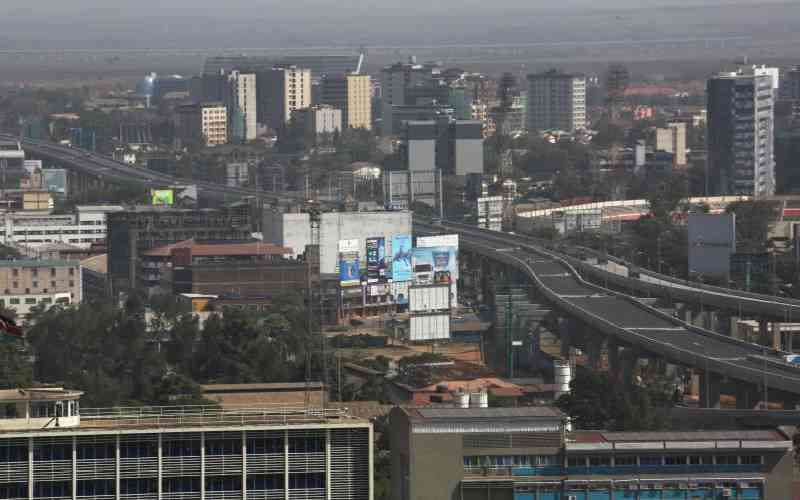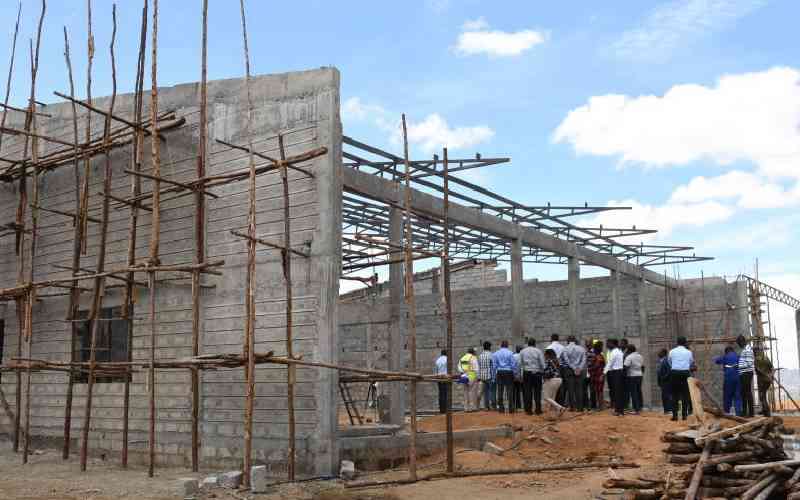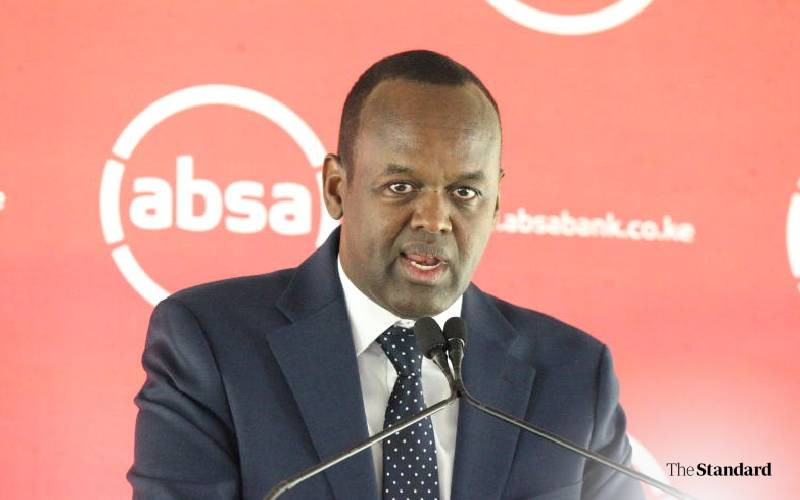
In the recent past, the Government has signed bilateral labour agreements (BLAs) with several countries to secure job opportunities for our youth. Although this is a good strategy to reduce the unemployment rate in the country, some people think otherwise, and they have been criticising the initiative.
It is important to note that labour mobility is not only unique to Kenya, but a global phenomenon triggered by demand and supply of skills to address global labour requirements along with needs for inclusion, entrepreneurship and development of origin and destination communities.
Labour mobility, no matter how controversial it may be, makes sense economically as it allows countries to address labour shortages by attracting skilled workers from other regions, boosting economic growth, fostering innovation through diverse perspectives, and contributing to a more dynamic workforce by filling crucial skill gaps in sectors experiencing high demand, ultimately benefiting both the sending and receiving countries. As a matter of fact, advanced economies already have a large and growing population of foreign workers constituting about 20 percent of the working-age population.
Labour mobility influences education, training and qualifications positively in many countries as it promotes global recognition of qualifications and reduces mobility barriers. Also, the possibility of moving to higher wage countries may stimulate people to pursue higher education in anticipation of better paying work abroad. As the incentives to pursue education in the country are enhanced, average human capital is increased resulting in stimulating overall growth.
Diaspora are active agents in driving innovative and sustainable solutions in both home and host communities. Through mentorships, transnational networks and educational exchanges, diasporas serve as vital human capital with diverse expertise spanning various sectors. They facilitate the circulation of skills, knowledge, and experience, enriching communities and advancing global development agendas. Therefore, harnessing the full potential of their talents can fuel greater resilience and inclusiveness for all.
Most of the countries with high rate of labour mobility like India and Philippines have put in place comprehensive strategies to address the national labour demand and a framework for supporting the surplus to access jobs abroad and becoming key pillars of their socioeconomic development. There are more than 10 million Filipinos working abroad and their remittances in 2023 were over $33 billion. In the same period, India received over $125 billion as diaspora remittances, while over 3 million Kenyans working abroad sent home about $5 million in 2024. It is important to note that remittances can cushion countries from falling into recession during economic downturns.
Returnees bring back human, financial and social capital which positively contributes to the development of home economies. Even if people do not permanently return, their frequent contacts and movements back and forth can still contribute to growth. The diaspora community have been seen as investors, welfare providers, knowledge, and technology promoters to the home countries. Their technical and business skills, commercial relationships, and financial capital can all be harnessed to make long-distance economic contributions through foreign direct investment, venture funding, financial investments, and commercial and educational exchanges.
The emergence of parallel Silicon Valley in cities such as Bangalore, Bombay, Beijing, Shanghai, and Taipei have been primarily facilitated by expatriate scientists in the US Silicon Valley. About 80 per cent of Chinese and Indians professional in Silicon Valley have business relations in their home countries and travel back home more than 5 times a year.Global discussions currently is towards developing policies emphasizing on mutual gains of labour mobility. For this to succeed, we need to change the narrative around brain drain and start developing creative steps to strengthen the capacity of source countries to absorb knowledge and extract benefits from it and nurture knowledge spillovers from receiving countries to source countries.
As Kenya strives towards promoting labour mobility, emphasis should be on adopting global best practices on labour mobility. For example, countries like Philippines have developed policies on welfare and protection. The policies are aimed at providing full protection to their nationals wherever they may be and regardless of their immigration status in line with the International Convention on the Protection of the Rights of all migrant workers and members of their families.
The author is the Director General TVETA
 The Standard Group Plc is a multi-media organization with investments in media
platforms spanning newspaper print operations, television, radio broadcasting,
digital and online services. The Standard Group is recognized as a leading
multi-media house in Kenya with a key influence in matters of national and
international interest.
The Standard Group Plc is a multi-media organization with investments in media
platforms spanning newspaper print operations, television, radio broadcasting,
digital and online services. The Standard Group is recognized as a leading
multi-media house in Kenya with a key influence in matters of national and
international interest.
 The Standard Group Plc is a multi-media organization with investments in media
platforms spanning newspaper print operations, television, radio broadcasting,
digital and online services. The Standard Group is recognized as a leading
multi-media house in Kenya with a key influence in matters of national and
international interest.
The Standard Group Plc is a multi-media organization with investments in media
platforms spanning newspaper print operations, television, radio broadcasting,
digital and online services. The Standard Group is recognized as a leading
multi-media house in Kenya with a key influence in matters of national and
international interest.











